The Greenwood Tarot
p>
AWW:
How did you end up designing a tarot deck based on various Greenwood legends?
MR:
I got interested in tarot some years ago. And I actually bought a deck
for a then girlfriend of mine. She wasn't really that much interested,
but I found the imagery fascinating. And didn't really think about it anymore.
But wherever I went, particularly when I came to America, I went into a
bookstore, somehow they are more readily available here than they were
in Britain. Or I had never seen a variety in Britain that I've seen here,
particularly the Bodhi Tree. I was just looking, and I got interested
in the imagery and the cultures and what speaks to people in the imagery.
And I bought two or three packs and just played with them, toyed with them,
didn't do any reading with them, per se. I was interested in the imagery.
I found them very pretty, and I was trying to grasp the psychology of how
this works, what these things symbolize. So, I read a lot about that, and
I began to see what it meant: how the Major Arcana stand for 22 states
of personality or the human condition within a person. And I began to get
into the Jungian side of it. I began to understand the psychology of it,
the symbolism and the history of the symbolism. So I was quite interested
in all that kind of stuff.
And Chesca [Potter, co-designer and illustrator of Mark Ryan's Greenwood
Tarot Deck] was living in my house at Streatham [in South London] at
one time when she was homeless and she was house-sitting for me. We sat
talking about tarot and Robin Hood and all the Greenwood legends and stuff
like that. She says I said it, and I say she said it, but we both said
at some point it would be very interesting to a Robin of Sherwood
tarot. There already one called Robin Wood or something which it was interesting
but I didn't really think got to the depths of this stuff, got right down
into it. Because there's a whole, again, mythos to do with animals and
shamanism and all kind of stuff. We were talking about that. I said "Well,
I'm fascinated by that idea. It's an interesting idea. But if you base
it on the Qabalah [Jewish mysticism], which is one of the systems that
is mainly used for tarot, I don't understand it. I don't get it. It's not
a European tradition, Qabalah. It's interesting, but it's too intellectual
for me. It's not instantly assessable."
And she said, "Well, there is the wheel of the year." We talked about the
Wheel of the Year, which I knew a little about it, but not a lot. We took
her deck, which I believe was the Rider Waite deck and laid it out on my
living room floor in Streatham. In the wheel of the year, using her cards.
And lo and behold, it literally fell onto the floor almost. We aligned
the lovers in balance with Beltane and we put Death and the Devil with
Samhain. We looked at it when we laid it out and went "Wow, that is very
interesting. That must have been done before. Somebody must have done this
before. They must have put these images and these states at this eight-spoke
wheel of the year." Because it's so obvious it must have been done before.
I ran up a couple of people we knew and so did Chesca. We talked to John
Matthews [writer of many, many book and designer of tarot decks] about
this. We said "John, can you relate to this?" We explained what we had
done and how it worked, and he went "God, I wish I'd done that." (laughs)
And he said "No, no one's ever done that." So, we rang a couple of people
and somebody put us in touch with a publisher. We had a publisher that
instantly wanted to take it, but they didn't have the resources to do it
the way we wanted to do it. We went to see HarperCollins. And HarperCollins
immediately said well, "Yes, this is a breakthrough. This is never been
done before. We've never seen it done like this." And it's extraordinary
because it's a rediscovery, it fits it so well. And we grew into the whole
thing about the Shaman and the animals and changing the Minor Arcana a
little bit and changing the Major Arcana a bit. But yes, we got the nod,
and God know, that was about 1991 or 1992. It took three years then to
do the research and put it all into some kind of system that works.
But it works. I have used it and people know are using it, and it's a system
which is very easily assessable.
AWW:
I found it interesting that you say it's used more meditative purposes
than predicting the future.
MR:
Yes, I don't believe in predicting the future. There was a whole section
in the book about quantum mechanics and a lot of stuff was chucked out
of the book, because they wanted to get the little book into that cardboard
thing. So, a lot of stuff is missing out of that little book. But one of
the chapter was on quantum mechanics and possibility and probability, and
why I say you cannot tell the future. You know, you cannot say somebody
is going to get hit by a bus. What you do is get a snapshot of reality,
psychologically and physically at the moment you do the reading. But as
soon as you look at the reading, you've changed everything. You've changed
it because you may get a card, and go "Hmmm, then I won't do that then,"
or "I'd better look at that." So, nothing's fixed. It's all a fluctuation.
So, I don't believe you can tell the future and say absolutely this is
what's going to happen. I don't think the universe functions that way.
I think what happens is that there is an infinite number of possibilities
and probabilities, and what tarot does is reflect your inner state and
the elements in the question you've asked that you should look at. It does
that extraordinarily accurately. And that is because of synchronicity.
Synchronicity means you will always get a meaningful reading or a meaningful
reflection of the situation. I don't like to read for people I know. I
tend to read mainly for people I don't know, sometimes I don't even want
to know their names are and I don't want to know what their question is.
I recently did it at a con in San Francisco, and people were going "Oooh."
I don't want to know. Because I think sometimes it can muddy the water
if you read for somebody and you know too much about them. You tilt one
way or another. Where I don't like to do that. I like to say "Look, this
is what you've got." And without a shadow of a doubt, it is usually extraordinarily
accurate. I had two people that day who went "That is bizarre.", and these
were both complex questions involving couples and I read for two couples
back to back. Both of them went "that is extraordinary."
AWW:
What sorts of images from Robin Hood do you think are helpful to someone,
like in the Wheel of the Year?
MR:
Well, it's a journey. I said this in the book, the Greenwood Tarot is a
journey. None of these things are a fixed points. You start in the centre
and you move around. And I believe that the Major Arcana cards stand for
all of the emotions and the people that we as individuals can be at any
given time. You sometimes put the fool into bat if you're going into a
job. You know, that leaping off into the void. And as an actor, I continually
walk into voids. I am continually joining somewhere, I don't know who's
going to be there, what's going to happen, I don't know what it's about.
But I've just got to take my guts in my hands and walk into the void and
see what happens. And if I put in the fool, the fool loves that playful
side of taking the blind step off the cliff edge. And that's part of my
fool type things. Other times I've got to be Strength. Other times I get
to be the Green Man. I get to be sitting at my table, you know, with my
feast and goblet of wine and all that kind of stuff. We all are those people,
both male and female. They live in our psyche to one level or another.
And it depends on whether those particularly suit who you are, suit your
culturally view of the world. That's why there are all different kinds
of packs. Because people look at a certain pack and go "I really relate
to these pictures. I see. I get them, I understand it." And depends on
where you've been brought up, what your background is, what you find personally
interesting in tarot. But eventually people who are into tarot find a pack
that accurately represents them. The people in the pack are people they
recognize in themselves. So all those cards are bits of people's personalities.
In the Major Arcana anyway.
I couldn't pick out one card and say, "These are empowering cards." I could
say that the journey itself is empowering. I use this again as an analogy.
If you find there is a part of your personality that you really have problems
dealing with, like the Hanged Man, or the Blasted Oak as we put it. If
you don't like being in that situation of not knowing, of being hung upside
down and having to wait for fate to move or the universe to move -- if
you don't like that, there's no point in pushing that part of yourself
away and locking it outside the house. Because it's like a poltergeist.
It will sit outside the window, tapping on the door, saying "Let me in.
I'm part of your personality. You got to deal with me." And eventually
you've got to bring this guy in, and say "Okay, I've got to learn to be
patient. I've got to learn to deal with just waiting." That journey, I
think, is the most complete journey that anyone can take. To realize that
they have all these different facets of their personality, and they can
make them all work positively for them, if they understand them all, not
reject them. That's why I emphasize the whole thing about going on the
meditation.

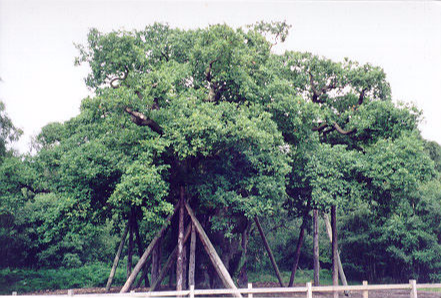
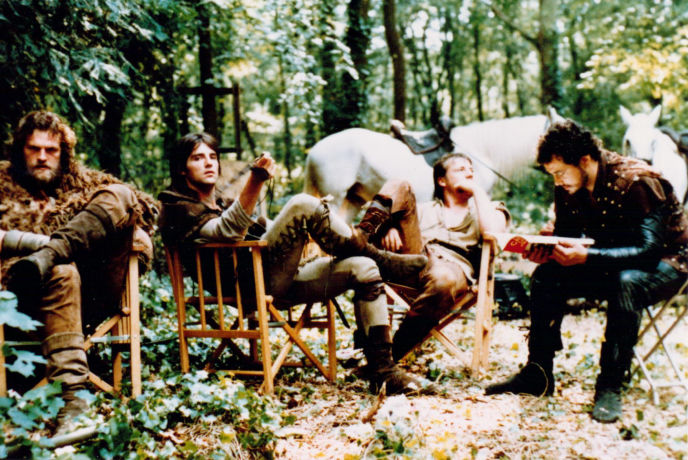
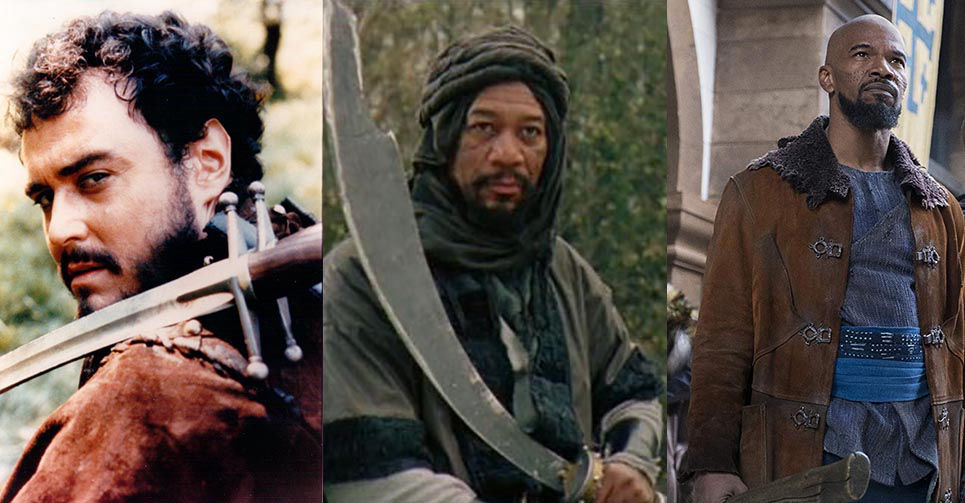
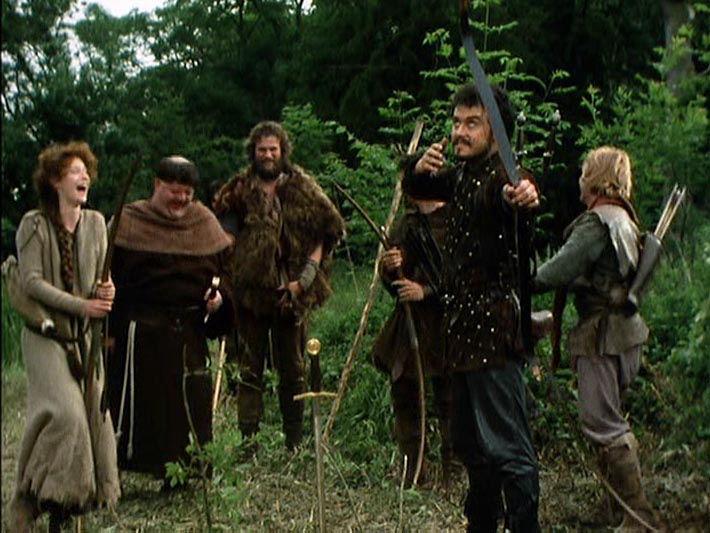
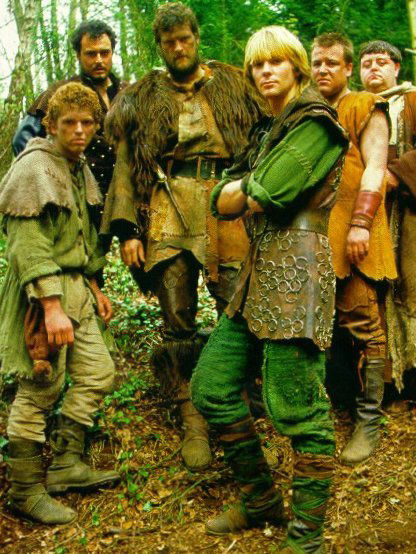
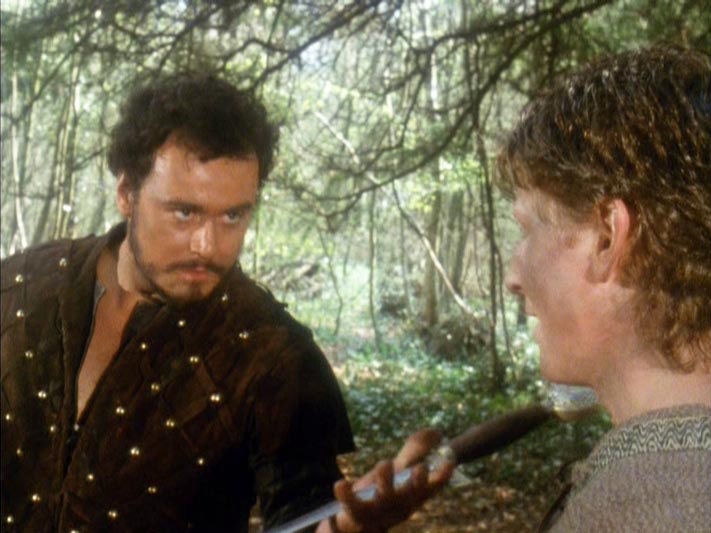
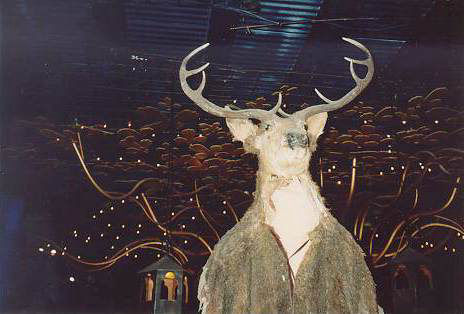
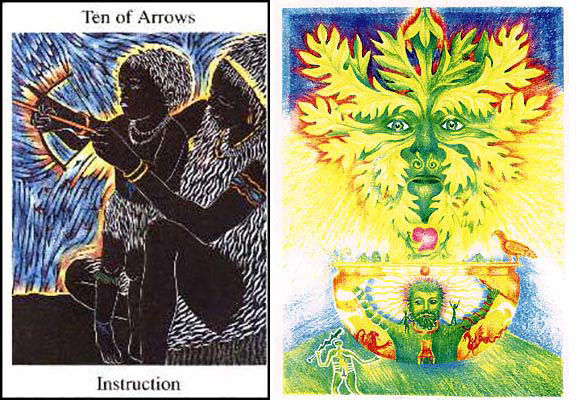
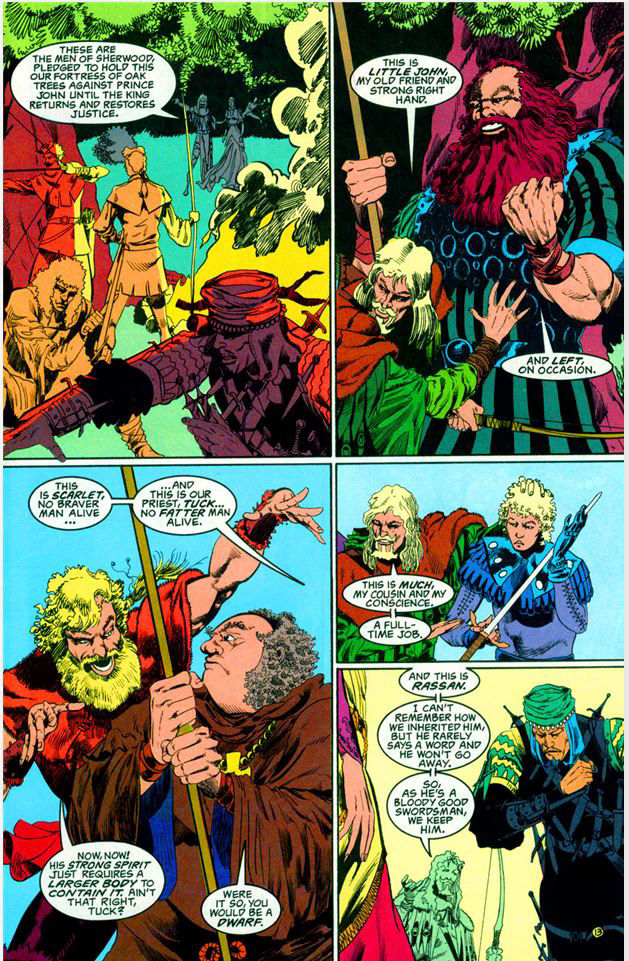
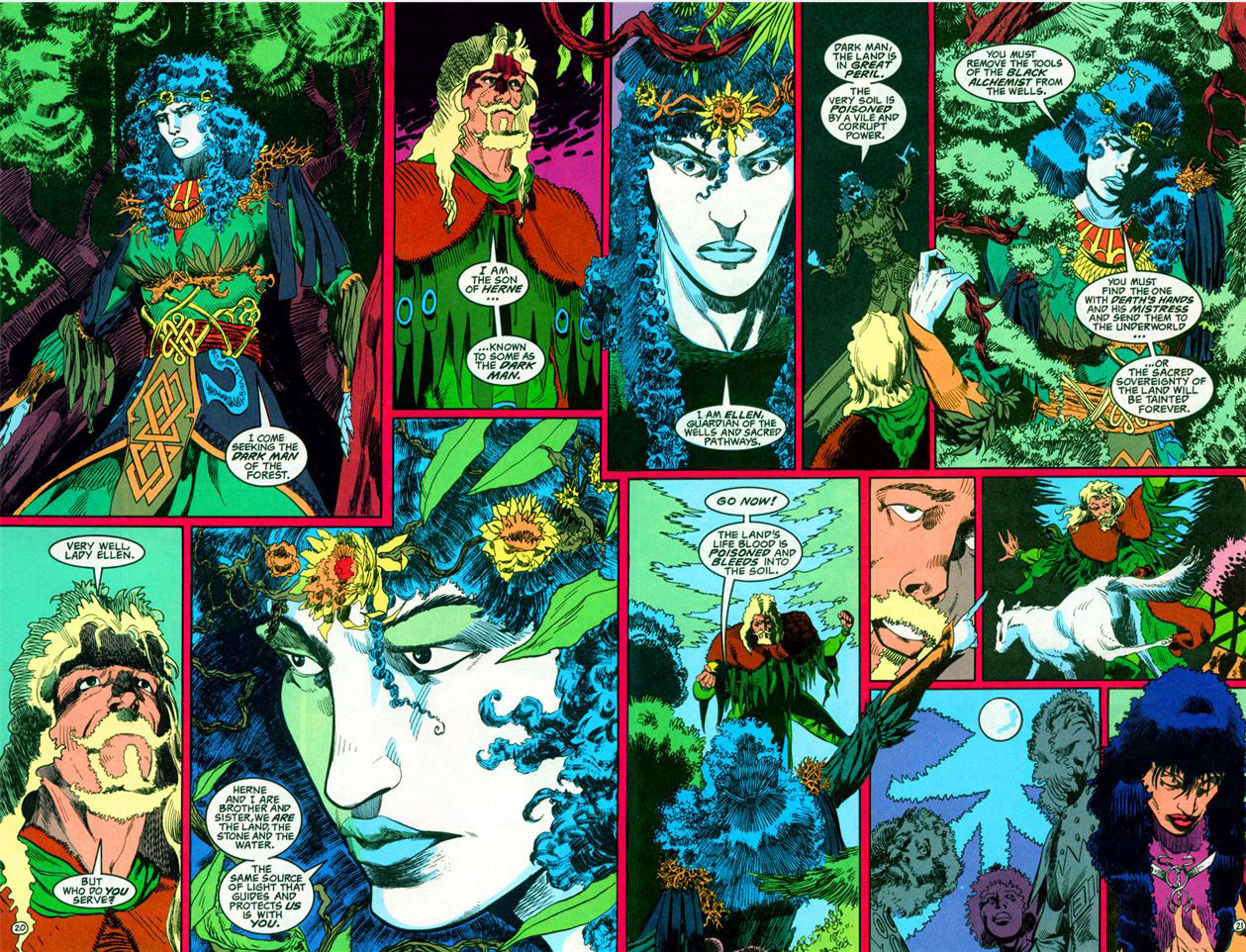
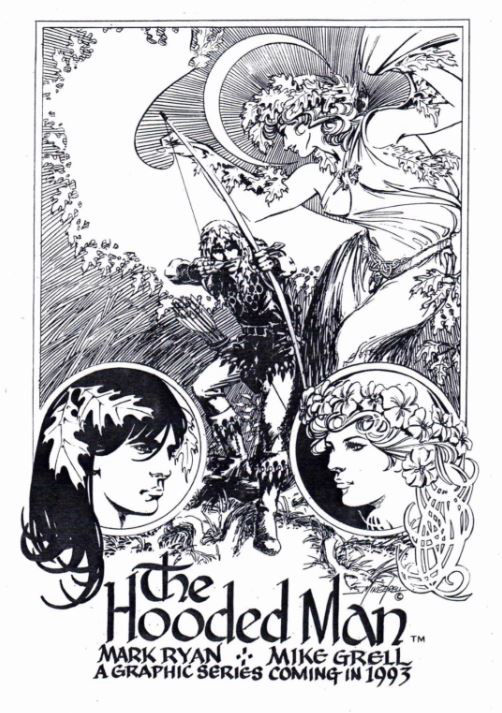
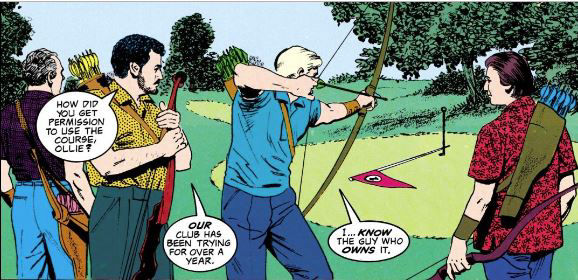
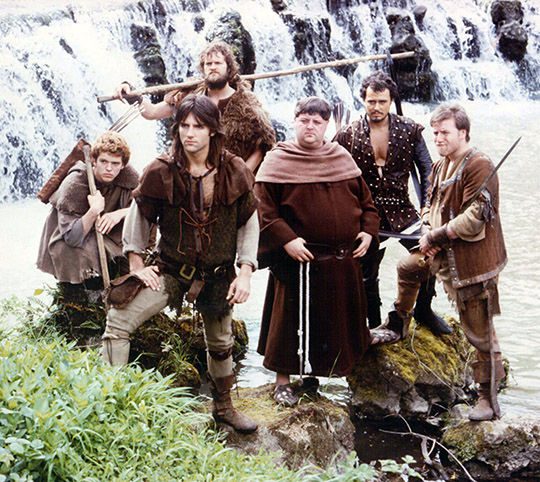
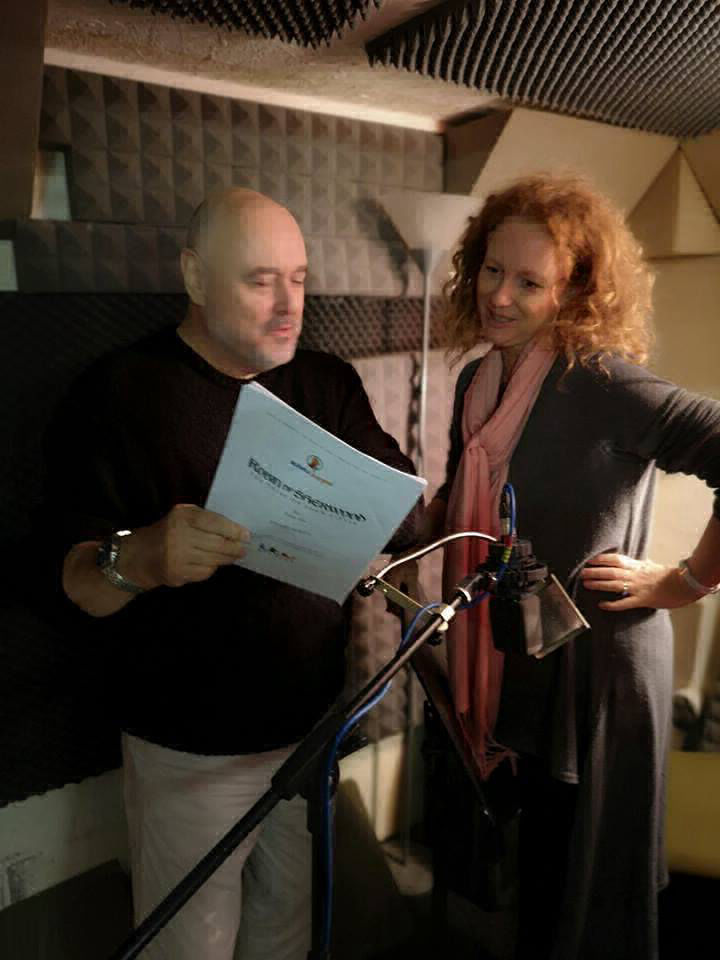
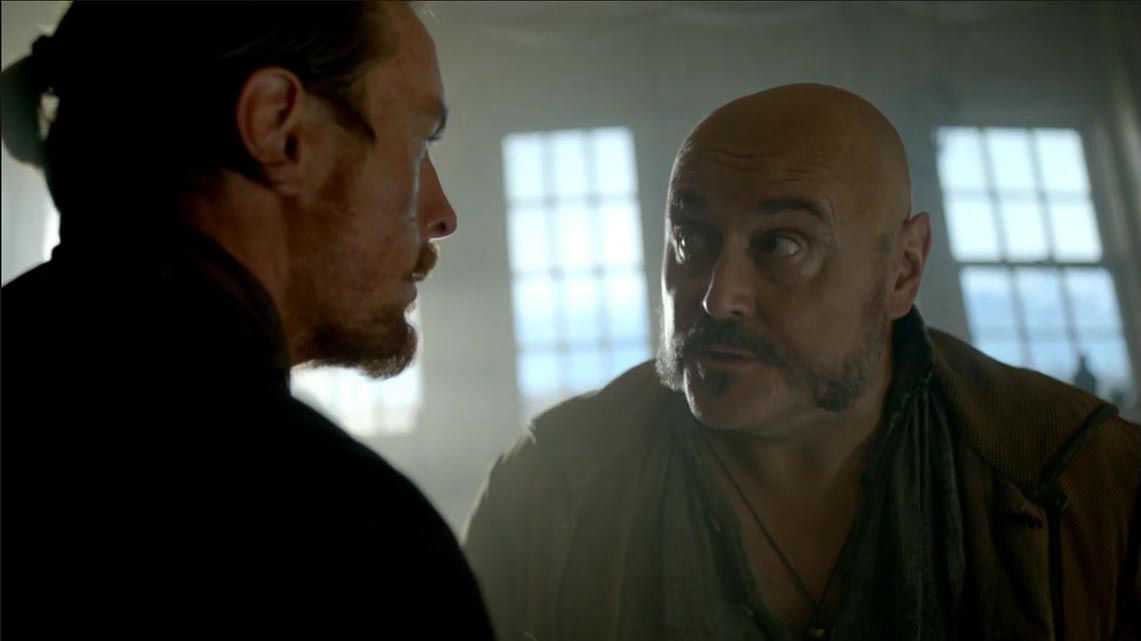
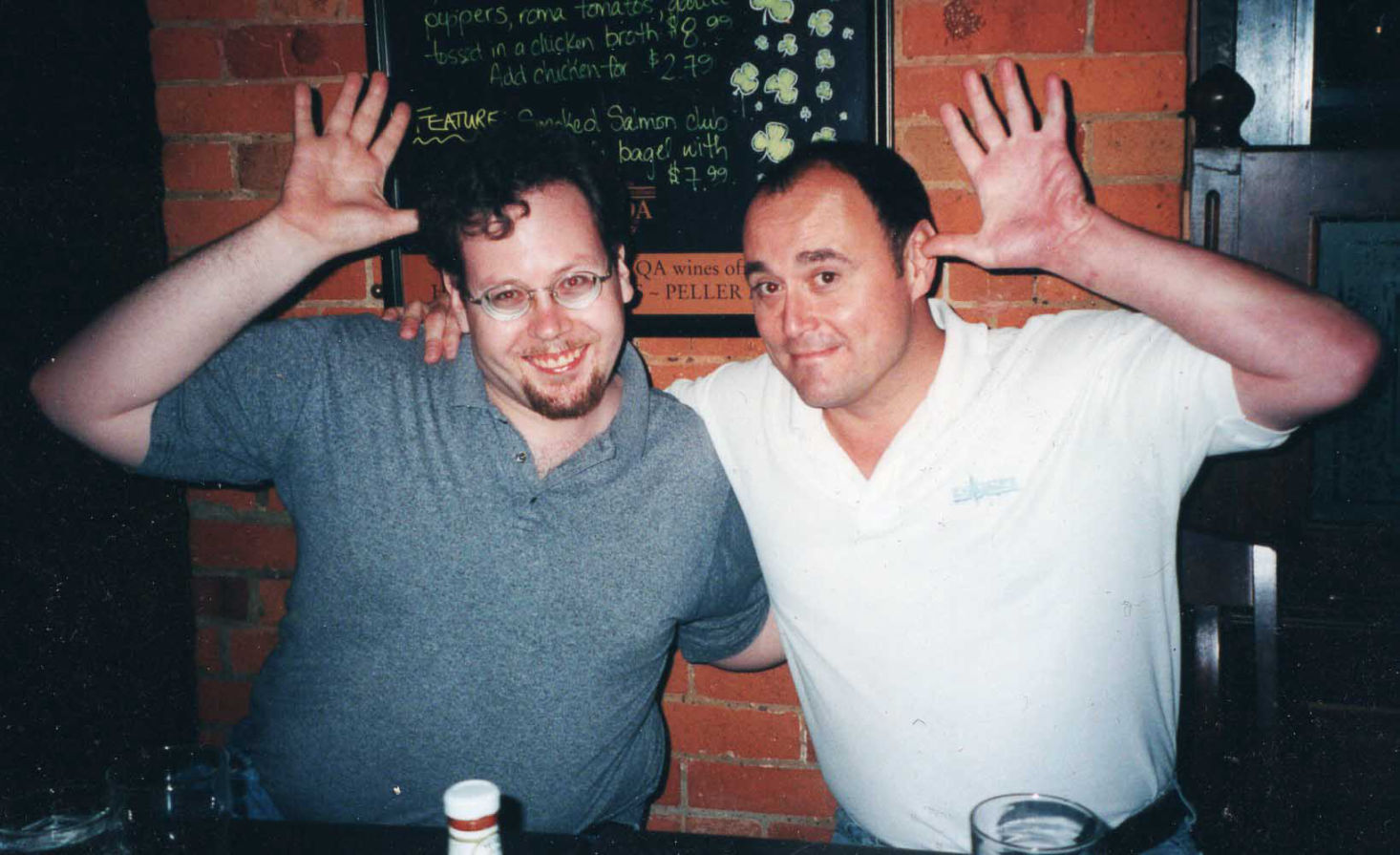
Contact Us